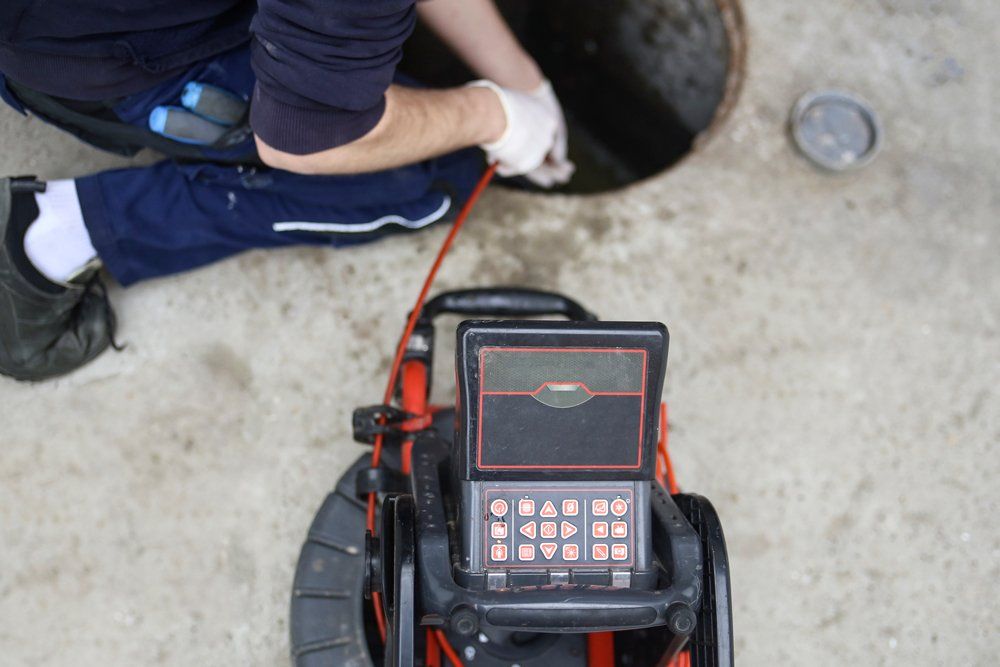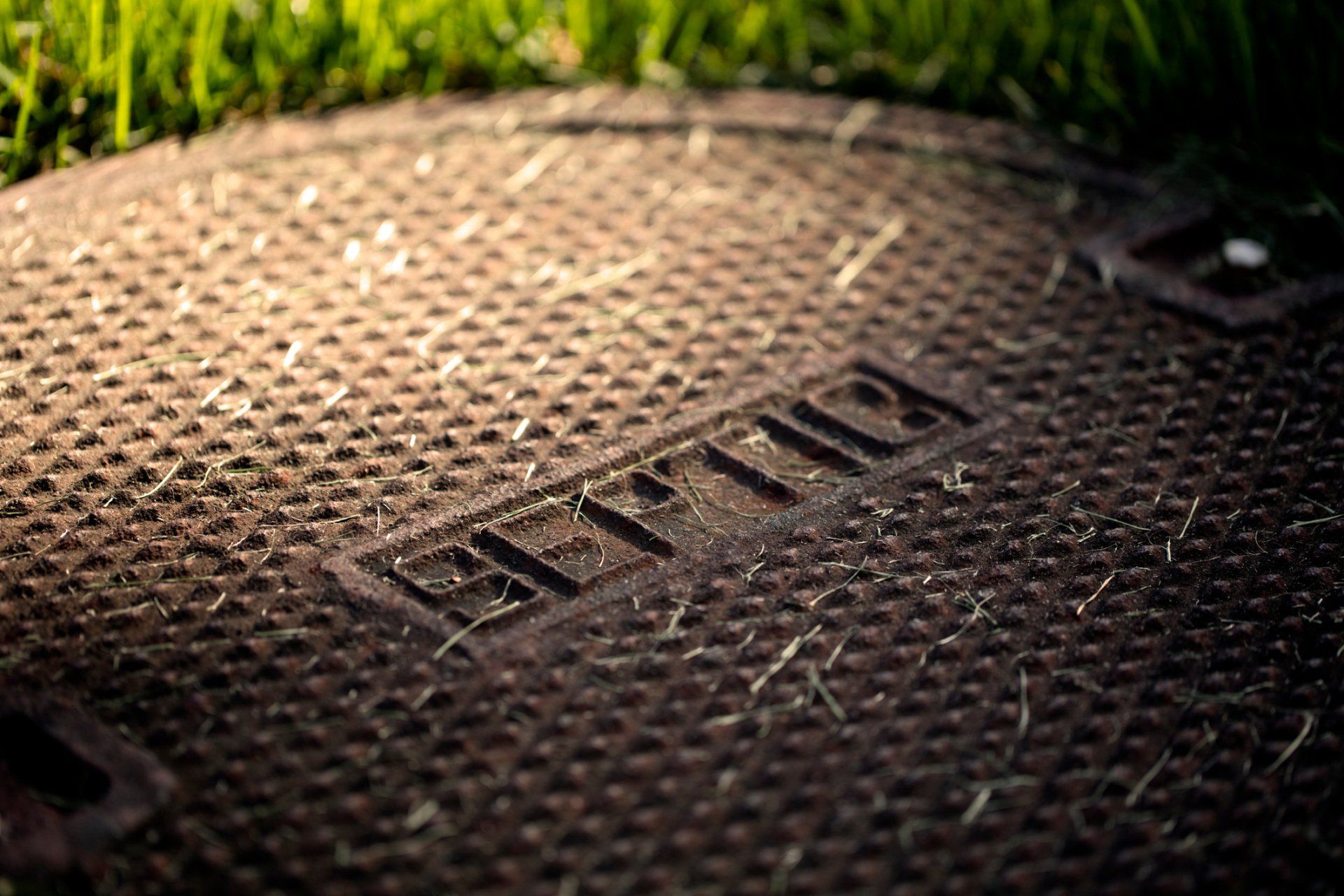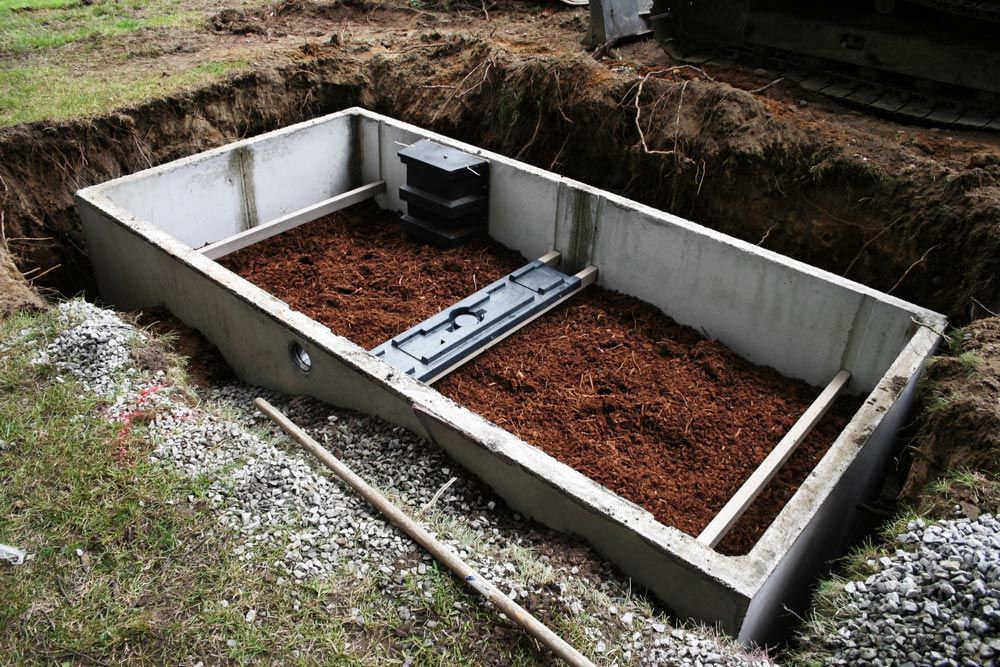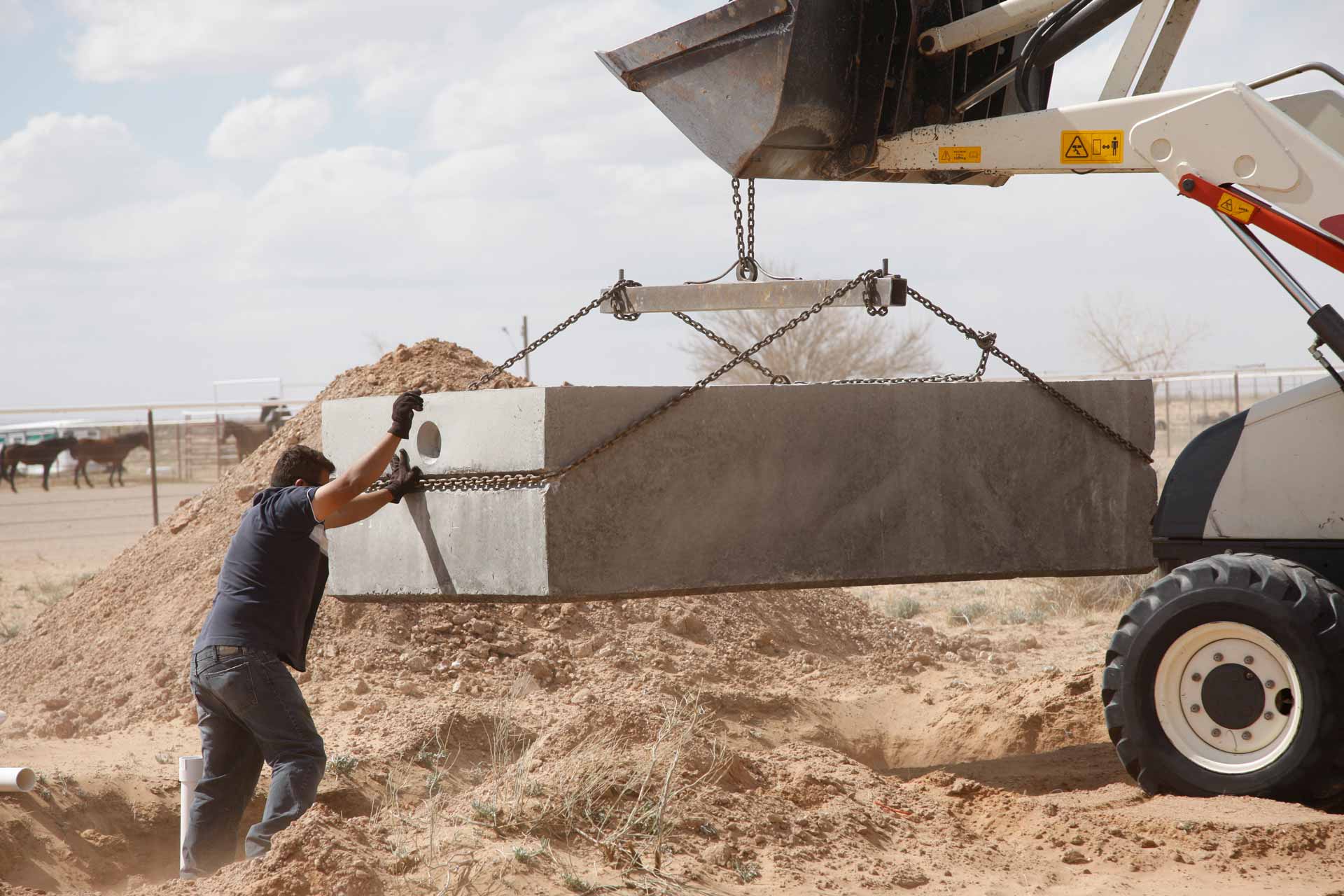NEW TO SEPTIC TANK OWNERSHIP? THIS FAQ WILL HELP!
Admin • September 27, 2017
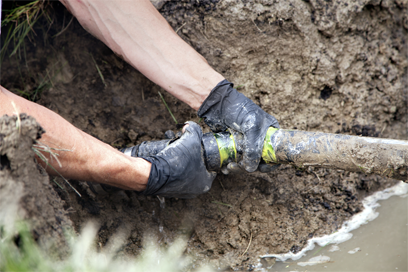
Homeowners who are new to septic tank ownership often have questions about the way their tank functions, what septic tanks need in order to continue functioning properly and what a failing septic tank looks like. Knowing the answers to these questions can help you take care of your septic tank and avoid costly, inconvenient septic tank problems.
What Is a Septic Tank and How Does It Work?
A septic tank is an underground storage tank designed to hold waste water your home. When the waste water enters the septic tank, it separates into three layers: solids at the bottom, water in the middle and oils at the top. When the water level gets high enough, it enters into the drain field. Waste water from the septic tank is cleaned when it enters the drain field and filters through the soil.
What Causes Septic Tanks to Become Clogged?
Many households clog their septic tank by flushing the wrong type of waste down their drains. Septic tanks are designed to hold only human waste, water and toilet paper. Other items like food, disposable wipes and cleaning products can clog the tank either at the drain field or at the point of entry into the tank.
Medicine and cleaning products are also bad for septic tanks. Both can cause clogs because bacteria in the septic tank is what helps break down the solid waste at the bottom. Medicine and cleaning products in the tank can kill bacteria, thus slowing down the rate that solids break down.
Finally, septic tanks can also be clogged if they're not pumped in a timely fashion. Most septic tanks need to be pumped every 3-5 years.
Why Do Septic Tanks Need to Be Pumped if Bacteria in the Tank Breaks the Solid Waste?
While bacteria does help turn solids into liquids and keep waste moving through the tank, most households put more solids into the tank than the bacteria can manage on its own.
How Can You Tell if Your Septic Tank Is Full or Clogged?
If your septic tank is getting full or clogged, you may notice many different symptoms.
Swampy Area
If the septic tank fills up, you may notice a wet or swampy area in the yard that didn't used to be there as the drain field expands into the yard.
Smells in the Yard
If you have a swampy area, you may also have an odor of sewage because the water coming up in the yard is raw sewage from the septic tank.
Green Grass
People don't like sewage, but grass sure does! If sewage from your home enters the soil above the drain field, you'll likely see a very green, beautiful patch of lawn near your septic tank.
Slow Drains in the House
If the septic tank becomes clogged, or if the septic tank fills up, it's likely that you'll notice the lowest drains in the house (like showers and bathtub drains) becoming slow.
If you notice any of these signs, it's time to call a septic tank professional. Your septic tank professional can diagnose the problem, repair the tank if necessary and pump the tank as needed.
Who Can You Contact for More Information about Your Septic Tank?
If you are a new homeowner in the Santa Cruz, Watsonville or Soquel areas, you can contact Pete's Outflow Technicians for information about how to maintain your septic tank. As septic tank professionals, we have years of experience with a variety of different kinds of septic tanks.
We can help you determine what pumping schedule will work for you and whether or not your tank is in good condition. We can also answer other common questions that new homeowners have about their septic tank. Call us todayfor more information.
If the septic system doesn't function properly, it could start to generate bad smells. Learn about common reasons why septic systems produce bad smells.
The roots of trees can penetrate your septic system and impede system performance. Learn a few steps to prevent tree and shrub roots from invading your tank.
Whether constructing a new home or replacing an old septic system, homeowners must decide on the type to install. See a few types of septic tanks.
Pumping your septic tank should be part of your home maintenance routine. How often you should pump your tank? Discover a few factors that determine that.
All septic system parts eventually fail. Read on to learn about some factors that determine how long your septic drain field will last.
Landlords should proactively maintain their septic tanks for health, safety, and compliance reasons. Discover essential maintenance tips.

